X
Electric hoists represent their own machinery, strength, and toughness, while the stage is elegant, flowing, and soft, with conflicts and collisions between the two.
In stage performances, the stage hoist is an important lifting device that can help staff quickly and safely lift and move various stage props and equipment. However, due to prolonged use and frequent
Category : Stage Chain Hoist Series
Get a Quote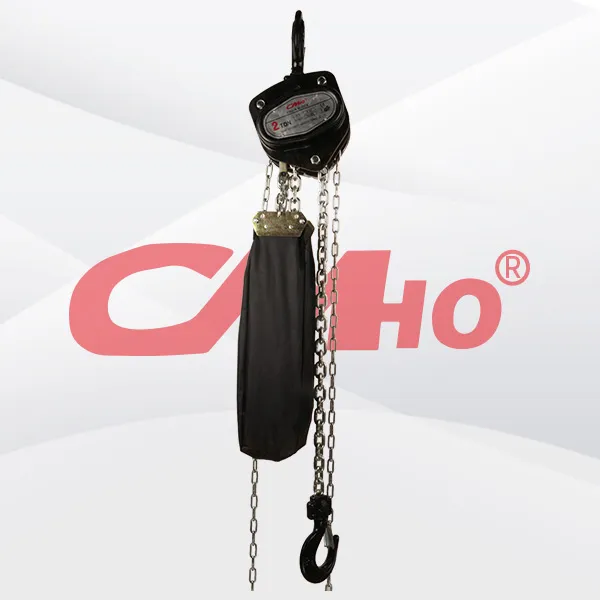
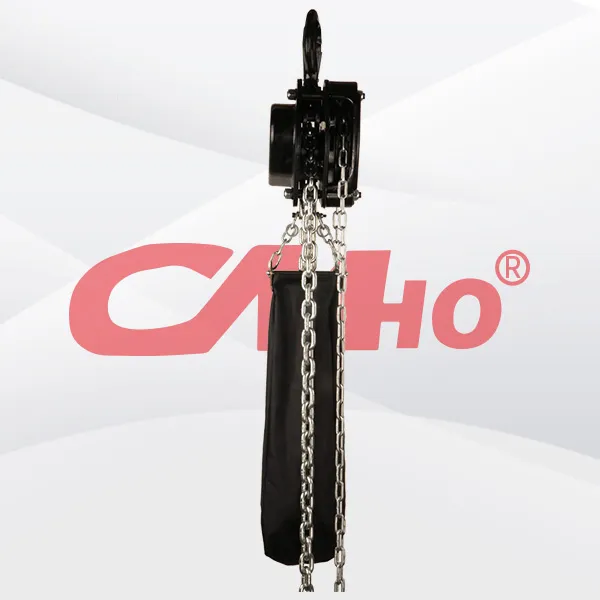
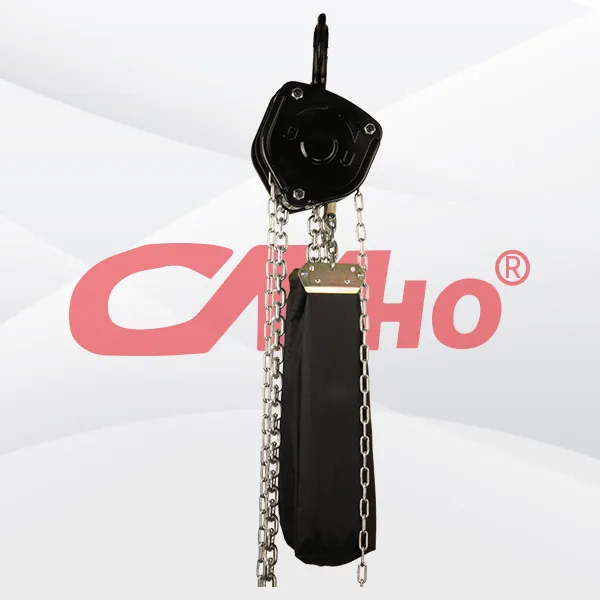






Product Details
Detailed explanation of the maintenance process for stage chain hoists (Part 1)
In stage performances, the stage hoist is an important lifting device that can help staff quickly and safely lift and move various stage props and equipment. However, due to prolonged use and frequent operation, stage chain hoists may experience various malfunctions and require timely maintenance. Next, let's take a detailed look at the maintenance process of stage chain hoists.
1、 Fault diagnosis
(1) Appearance inspection
Firstly, conduct a visual inspection of the stage chain hoist to check for any damage, deformation, or cracks on the outer shell, as well as any wear, deformation, or breakage on the hooks, chains, and other components. If obvious damage is found on the appearance, it should be immediately stopped from use and further inspection and repair should be carried out.
(2) Functional testing
Perform a functional test by pulling the zipper tape to check if the lifting and lowering functions of the hoist are normal. Pay attention to observing whether the chain runs smoothly, whether there is any jamming, jumping or abnormal noise. At the same time, check the performance of the brake to ensure that the hoist can brake quickly and reliably when stopping the chain.
(3) Fault analysis
Analyze the cause of the malfunction based on the results of visual inspection and functional testing. Possible causes of the malfunction include chain wear, gear damage, brake failure, and shell rupture. For complex faults, further diagnosis may require the use of professional testing equipment and tools.
2、 Repair preparation
(1) Tools and materials
Prepare corresponding maintenance tools and materials based on the results of fault diagnosis. Common repair tools include wrenches, screwdrivers, pliers, hammers, etc. Repair materials include chains, gears, brake parts, lubricants, etc. Ensure the reliable quality of tools and materials to guarantee the effectiveness and safety of repairs.
(2) Security measures
Necessary safety measures must be taken before carrying out repairs. Ensure that the repair site is clean and unobstructed, and avoid accidents during the repair process. At the same time, wear necessary personal protective equipment such as gloves, helmets, goggles, etc. to protect your own safety.

RELATED PRODUCTS .
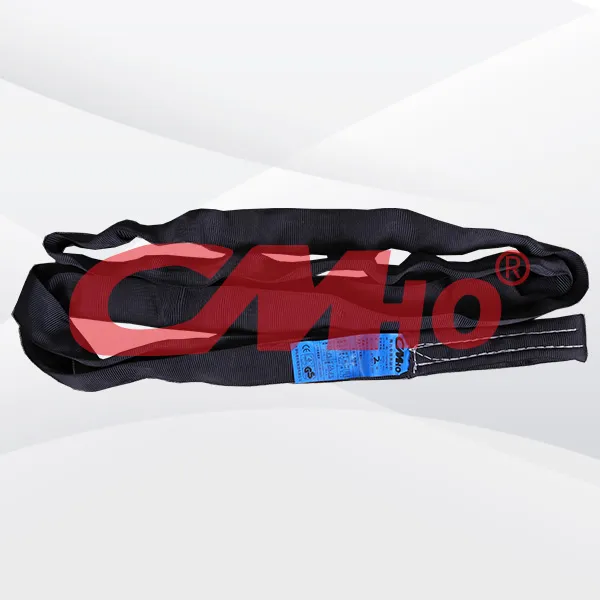
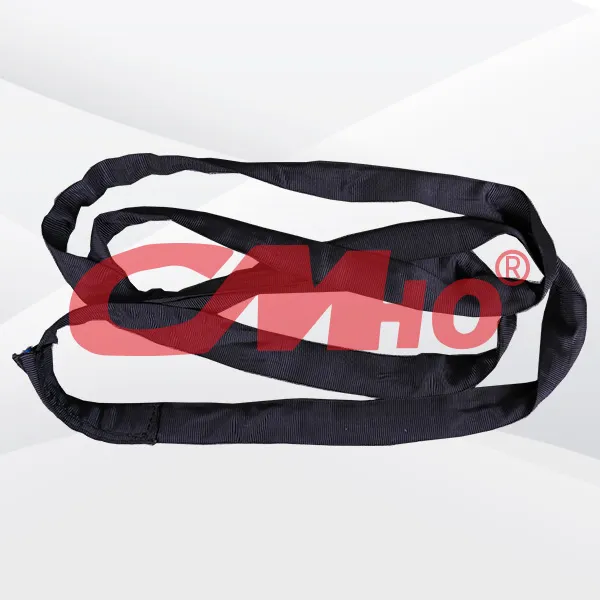
The polyester black lifting sling also features non-conductivity and no corrosion, ensuring safety and wide applicability. These characteristics make it an efficient and reliable hoisting tool, especi
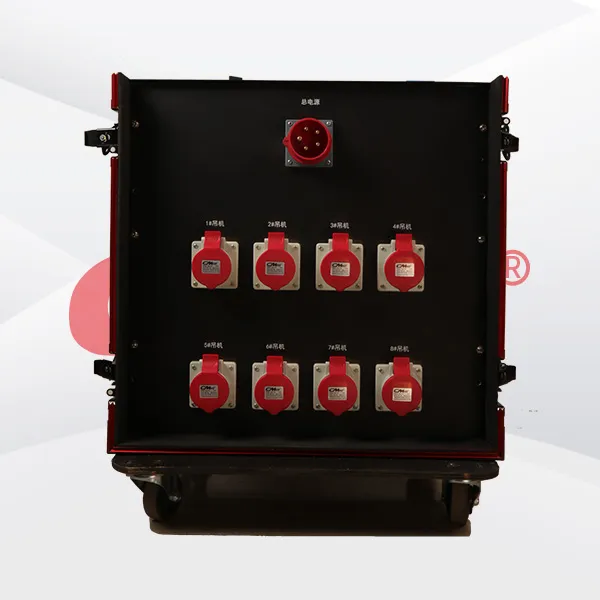
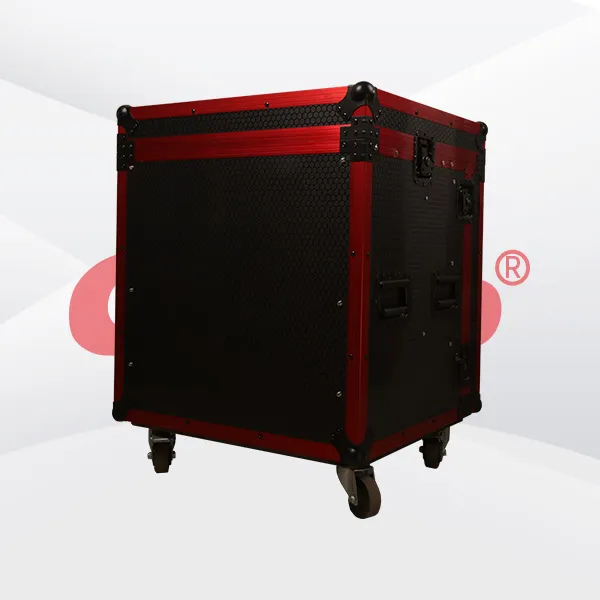
The aircraft case truss hoist controller is suitable for the quick installation and adjustment of stage lighting, sound systems, and other equipment. It performs exceptionally well in enviro

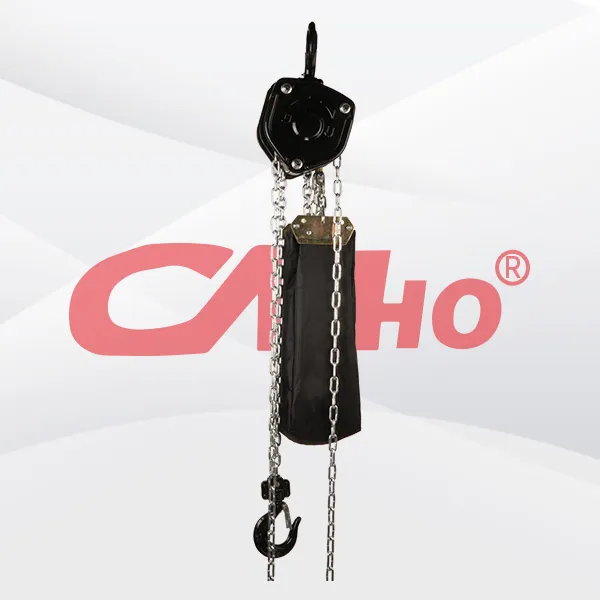
Factory-direct hand-pulled stage hoists are ideal for the quick installation and adjustment of stage lighting, sound systems, and other equipment. They perform exceptionally well in environments witho
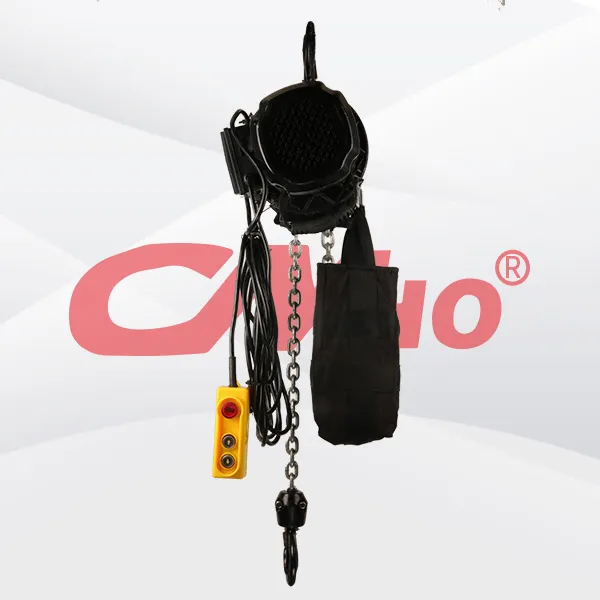
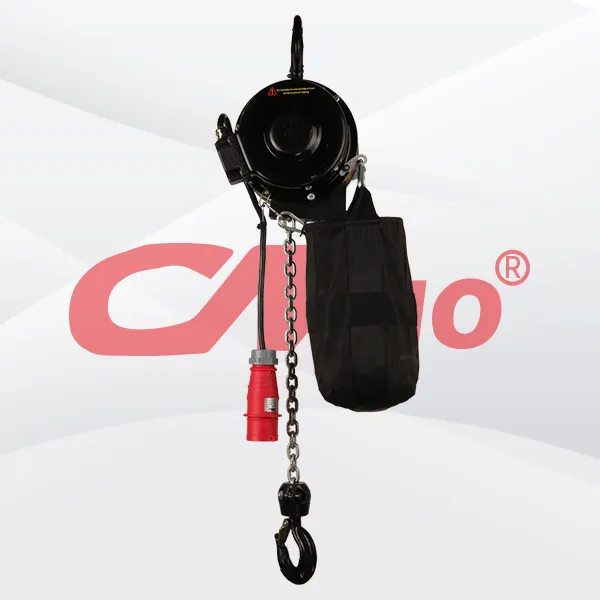
The stage truss motor equipped with a limit switch deeply integrates powerful performance, precise control, and excellent safety. It can not only easily handle the hoisting and accurate positioning of

2025-02-28
创始人
0
The participation of Tianjin Kemei in the Guangzho...
Tianjin Kemei made a remarkable and eye-catching appearance at the Guangzhou (International) Performing Arts Equipment, Intelligent Acoustic, Optical and Electrical Products...
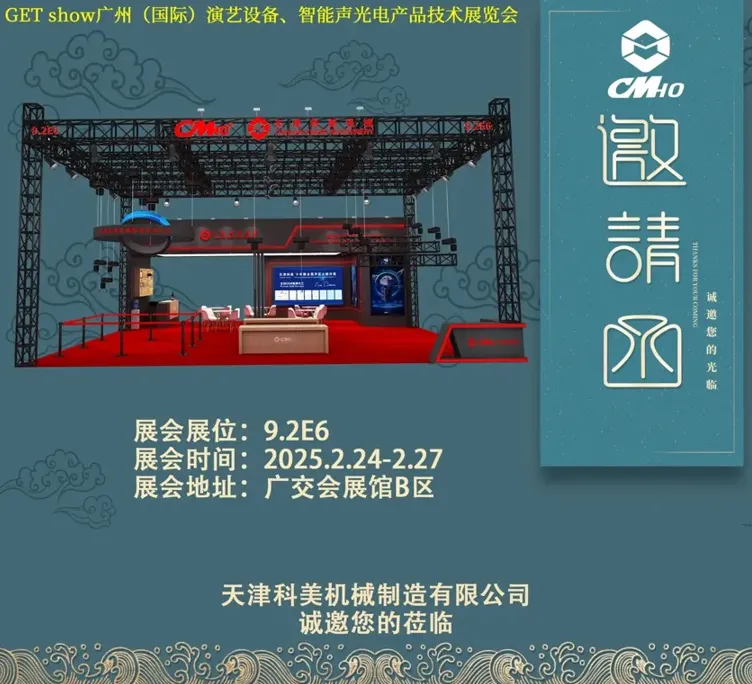
2025-02-27
创始人
0
Guangzhou (International) Performing Arts Equipmen...
In the era of the rapid development of stage lifting equipment and intelligent acousto - optic technology, every industry event serves as a crucial opportunity for innovatio...

2025-02-27
创始人
0
GET show Guangzhou (International) Performing Arts...
Tianjin Kemei Machinery Manufacturing Co., Ltd. has been deeply engaged in the stage equipment manufacturing field for many years and has developed into a modern benchmark e...

2024-09-24
admin
0
Tianjin Kemei Machinery Manufacturing Co., Ltd. Ne...
Tianjin Kemei Machinery Manufacturing Co., Ltd.: New Starting Point, New Journey - New Factory Relocation Record

